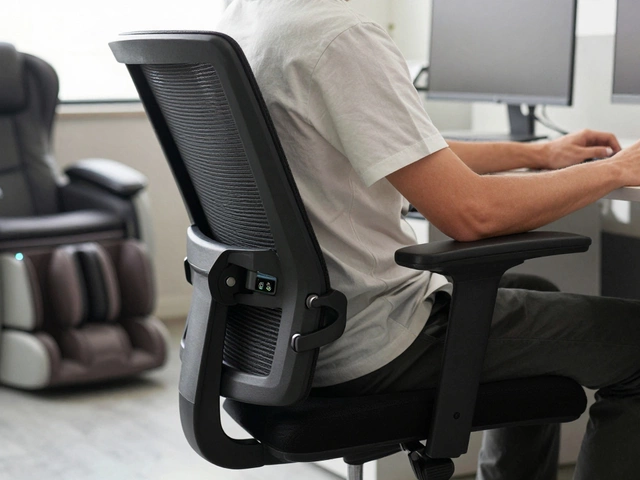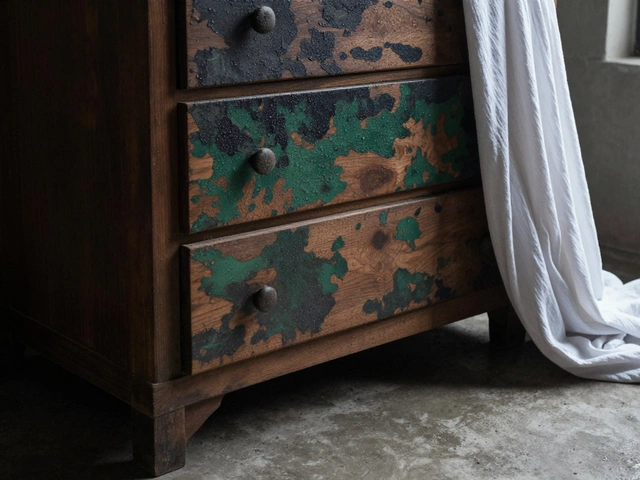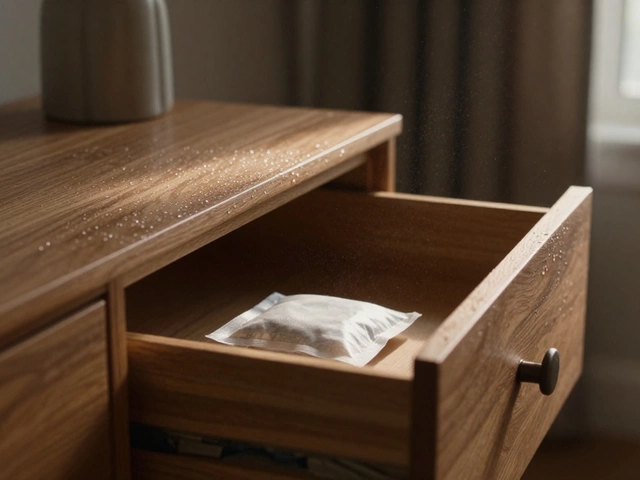Mattress Topper: Your Simple Way to Better Sleep
If your bed feels too firm, too soft, or just isn’t giving you the rest you need, a mattress topper might be the fix you’ve been looking for. It’s a thin layer you place on top of your mattress to add extra cushioning, support, or temperature control without buying a whole new bed.
Because a topper sits directly against your body, it can change how the mattress reacts to weight, reduce pressure points, and even help with back pain. Most people notice a difference the first night, and the cost is a fraction of a new mattress.
Types of Mattress Toppers
There are three main families you’ll see on the market: memory foam, latex, and feather or down. Memory foam toppers conform to your shape, spreading weight evenly and easing joint stress. They’re great for side sleepers and anyone who likes a hugging feel.
Latex toppers bounce back quickly and stay cool, making them a solid pick for hot sleepers. Natural latex also adds a bit of bounce if you prefer a livelier surface.
Feather and down toppers give a plush, cloud‑like surface but don’t add much firm support. They’re best for people who want extra softness on an already comfortable mattress.
Hybrid options mix foam and latex layers, giving a balance of contouring and bounce. Some even include cooling gels or copper-infused foam for added temperature regulation.
How to Choose the Right One
First, think about your current mattress. If it’s too hard, a softer foam or feather topper can offset the firmness. If it’s sagging, a firmer latex or high‑density foam will give you the needed support.
Next, consider your sleep position. Side sleepers benefit from 2‑3 inches of plush foam to relieve shoulder pressure. Back sleepers often prefer 1‑2 inches of medium‑firm latex for spinal alignment. Stomach sleepers need less give, so a thin, firm topper works best.
Temperature matters, too. If you toss and turn because you get hot, look for breathable latex or gel‑infused foam. Otherwise, a regular memory foam works fine.
Finally, check the thickness and density. Thicker (3‑4 inch) toppers provide more change but can raise the bed height, which might affect sheet fit. Density above 4 lbs per cubic foot usually means firmer, longer‑lasting support.
When you shop, read reviews that mention durability and off‑gassing. A low‑odor topper is a sign of good quality, especially with foam.
Once you have your topper, let it air out for a few hours before putting on the fitted sheet. This helps any lingering smell disappear and lets the material settle.
Maintenance is easy: most toppers can be vacuumed or spot‑cleaned. Foam shouldn’t get soaked, so avoid deep water cleaning. Latex is more forgiving and can be gently wiped with mild soap.
Rotate the topper every three months to keep wear even. If you notice permanent indentations after a year, it might be time for a replacement.
Adding a mattress topper is a quick, affordable upgrade that can transform an old mattress into a sleep‑friendly oasis. Pick the type that matches your comfort needs, watch the thickness and density, and you’ll be enjoying better rest without the hassle of a full mattress swap.
How to Make a Sofa Bed Super Comfortable: No-Nonsense Upgrades
Sofa beds can go from rock-hard to cloud-like with just a few practical tweaks. This article uncovers how to make your sofa bed truly cozy—without fancy jargon or expensive overhauls. Get tips on toppers, clever support tricks, and little fixes to fight backaches and saggy mattresses. Real stories, real solutions, and a few surprises about what actually works. Because nobody deserves a stiff neck after a night on the couch.





